Feeding Naranjilla Plants – How And When To Fertilize Naranjilla
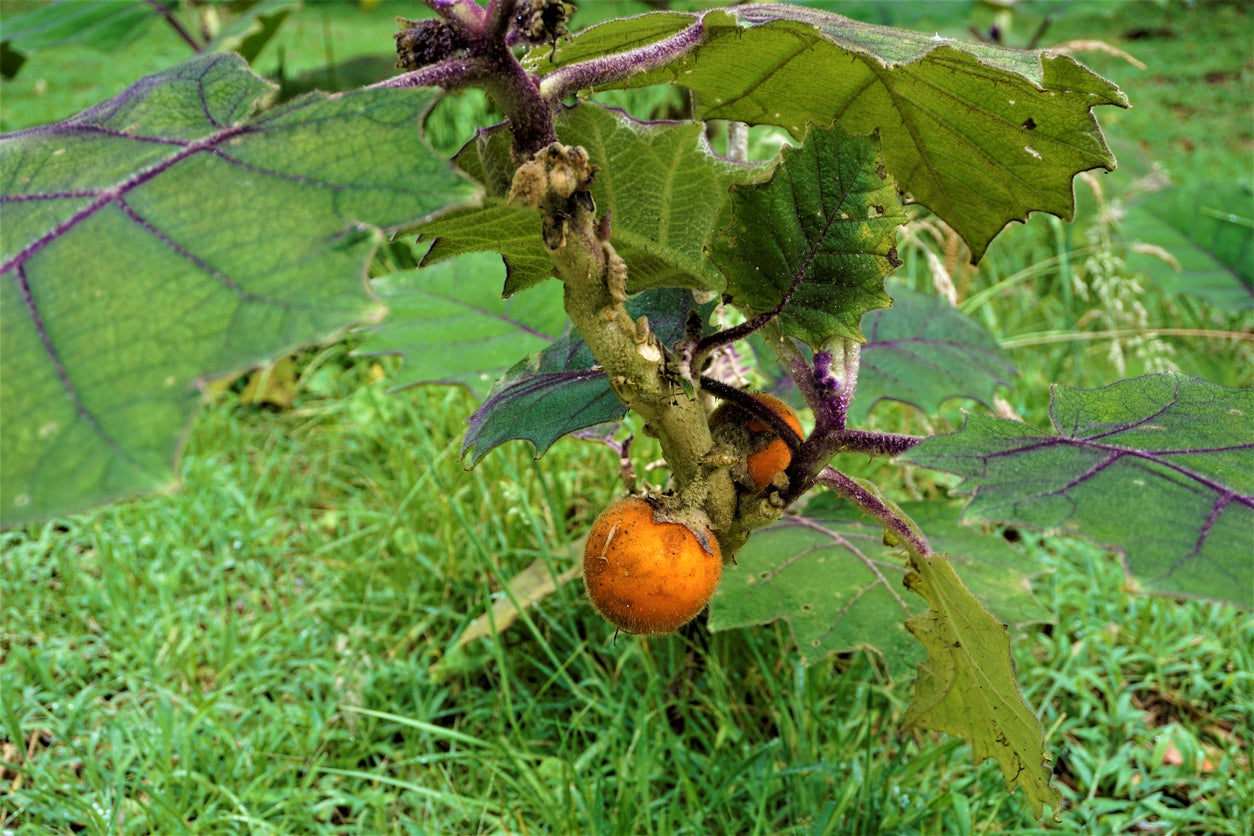

Noted for its unique appearance, the naranjilla plant is a medium sized, herbaceous shrub native to South America. Growers choose to plant naranjilla for a variety of reasons, including for harvest of the fruit, as well as for the visual appeal offered by its highly attention-grabbing leaves. While the plant’s thorns and spines may make harvesting the fruit difficult, it is truly a unique garden specimen – and one with specific nutritional needs. Read on for tips on how to feed naranjilla.
Naranjilla Fertilizer Needs
Naranjilla plants are an excellent addition to the home garden for those who grow in subtropical regions, as well as anyone wishing to add new and lesser known plants to their collections. Whether grown in the ground or cultivated in containers, naranjilla plants do have some special requirements in which to truly thrive. Among these, most importantly, is the specific needs when it comes to fertilizing naranjilla plants. The plants prefer rich soil high in organic content, such as compost, which can normally provide enough nutrients. Naranjilla plants are heavy feeders, though, and grow rapidly. Likewise, you can simply give them a dose of manure tea every so often, which should adequately provide for the nutritional needs. Monthly or bi-monthly applications of an NPK fertilizer can also be given, especially in areas with poor soil, at the recommended rate of 3 ounces (85 g.) per plant.
How to Feed Naranjilla Plants
Due to their fast-growing nature, most naranjilla plants are propagated from seed before being transplanted into the garden (or into containers). When to fertilize naranjilla plants may be a difficult question to answer for many growers though. Since these plants are, in fact, very heavy feeders, most growers begin a steady routine of feeding naranjilla after plants have become established. This may vary depending upon the growing conditions in your own garden. Generally, naranjilla fertilizer needs should be met throughout any period of active growth for the plant. This is especially true throughout the summer months before the plants begin to set fruit. When it comes to fertilizing naranjilla, many growers choose a fertilizer that contains a balanced amount of nitrogen, potassium, and phosphorous. Feeding naranjilla on a monthly basis should meet the needs of this demanding plant. With adequate fertilization, protection from extreme heat, and ample water, growers should expect lush plants and abundant harvests of naranjilla fruits.
Gardening tips, videos, info and more delivered right to your inbox!
Sign up for the Gardening Know How newsletter today and receive a free copy of our e-book "How to Grow Delicious Tomatoes".

Tonya Barnett has been gardening for 13 years. Flowers are her passion. She has transformed her backyard into a cut flower garden, which she regularly chronicles on her YouTube channel http://www.youtube.com/@tonyawiththeflowers.
-
 8 Perfect Flowers To Plant With Tomatoes To Boost Yields & Banish Pests
8 Perfect Flowers To Plant With Tomatoes To Boost Yields & Banish PestsDon’t forget flowers when choosing companion plants for your tomato beds or pots. These pretty, fragrant blooms add beauty but are also highly beneficial.
By Mary Ellen Ellis
-
 Want The Longest Lasting Hydrangea Flowers? Grow These 8 Panicle Hydrangea Varieties
Want The Longest Lasting Hydrangea Flowers? Grow These 8 Panicle Hydrangea VarietiesFor ornamental shrubs that deliver the longest flowering seasons with plush blooms and delicate hues, these panicle hydrangea varieties are essential in your yard
By Tonya Barnett
-
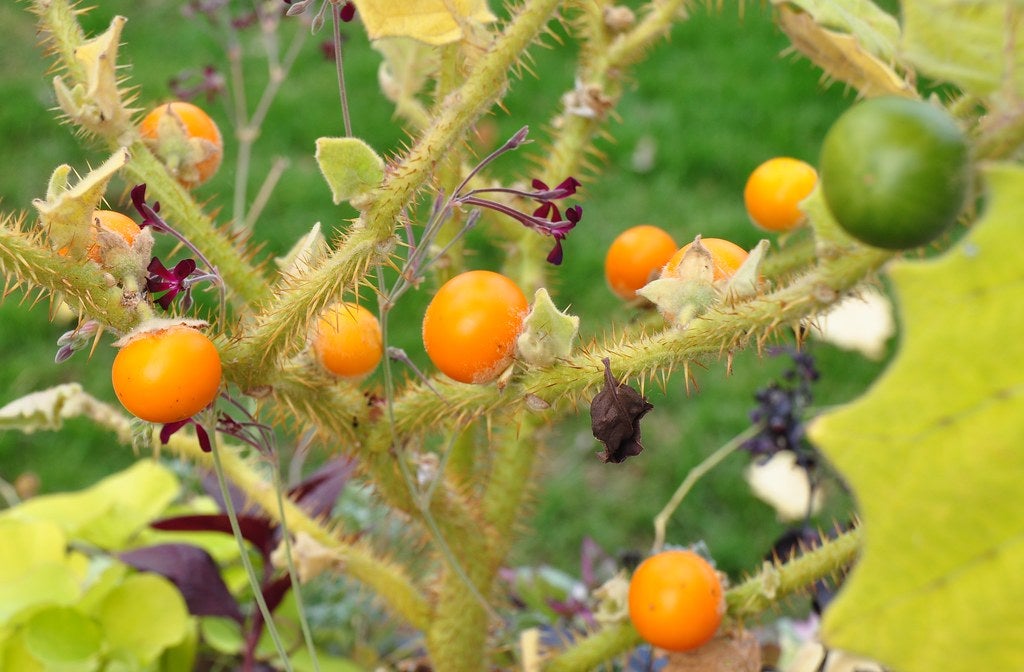 Naranjilla Pest Problems: What Are Common Naranjilla Pests
Naranjilla Pest Problems: What Are Common Naranjilla PestsThe naranjilla plant is a tough little tree, but it occasionally gets attacked by naranjilla pests, notably the root knot nematode. For information about naranjilla pest problems, including a list of bugs that eat naranjilla, this article can help.
By Teo Spengler
-
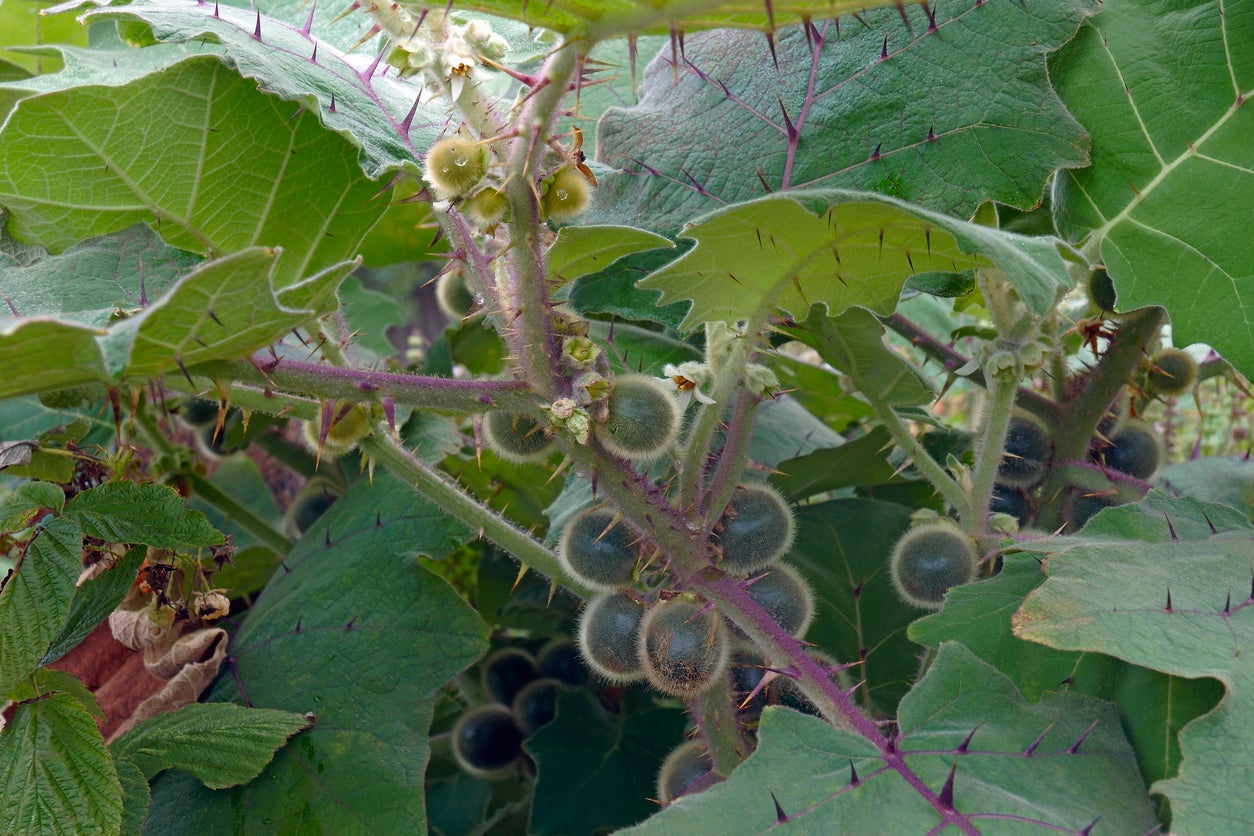 Naranjilla Propagation: Tips For Growing New Naranjilla Trees
Naranjilla Propagation: Tips For Growing New Naranjilla TreesA common name of “little orange” might lead one to think naranjilla is a citrus, but it is not. However, the taste is similar to a tart pineapple or lemon. If you want to grow this unusual specimen or have one and wish for more, learn how to propagate naranjilla here.
By Becca Badgett
-
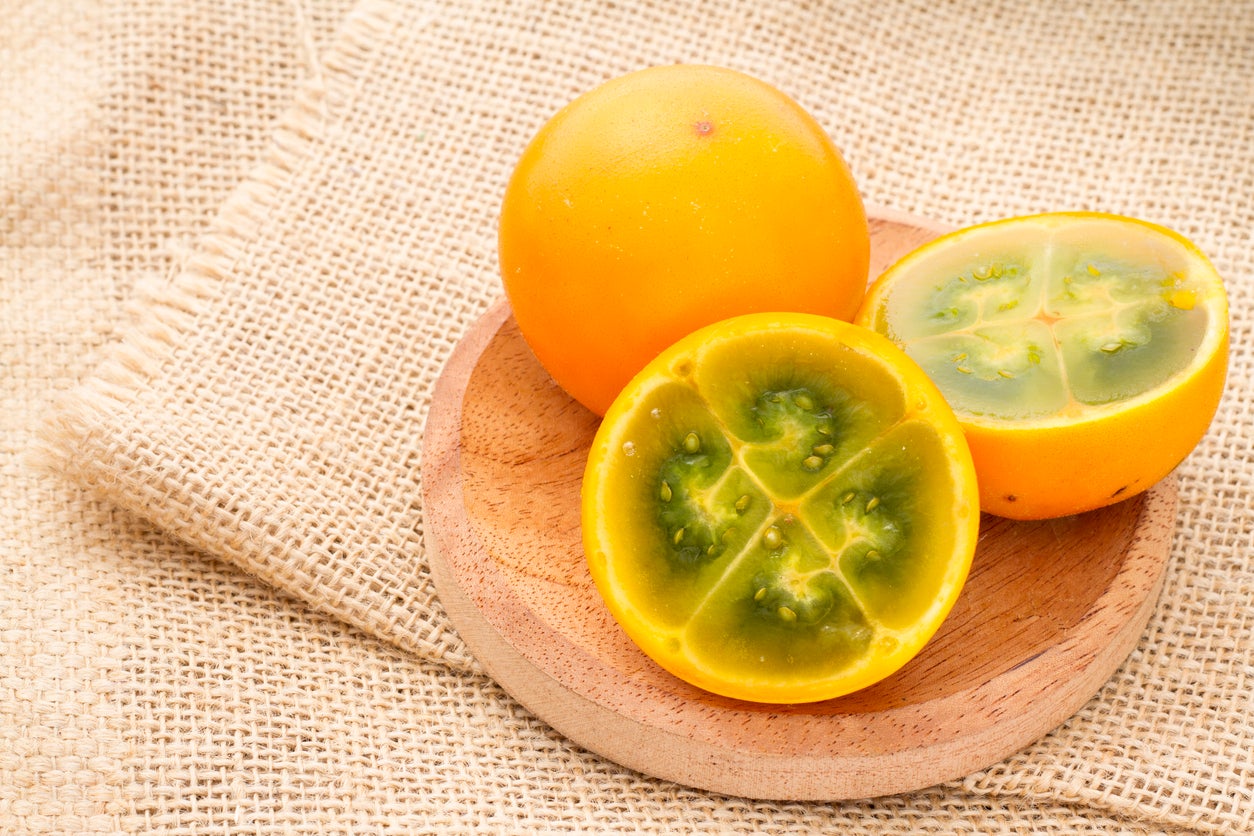 Picking Naranjilla Fruits: Tips For Harvesting Naranjilla
Picking Naranjilla Fruits: Tips For Harvesting NaranjillaNaranjilla fruit tends to be flavorless and unpleasant when unripe. However, it can be tangy and delicious if naranjilla harvest occurs at the optimum point of ripeness. So, how to you know when to harvest naranjilla? Learn more about harvesting this interesting fruit here.
By Mary H. Dyer
-
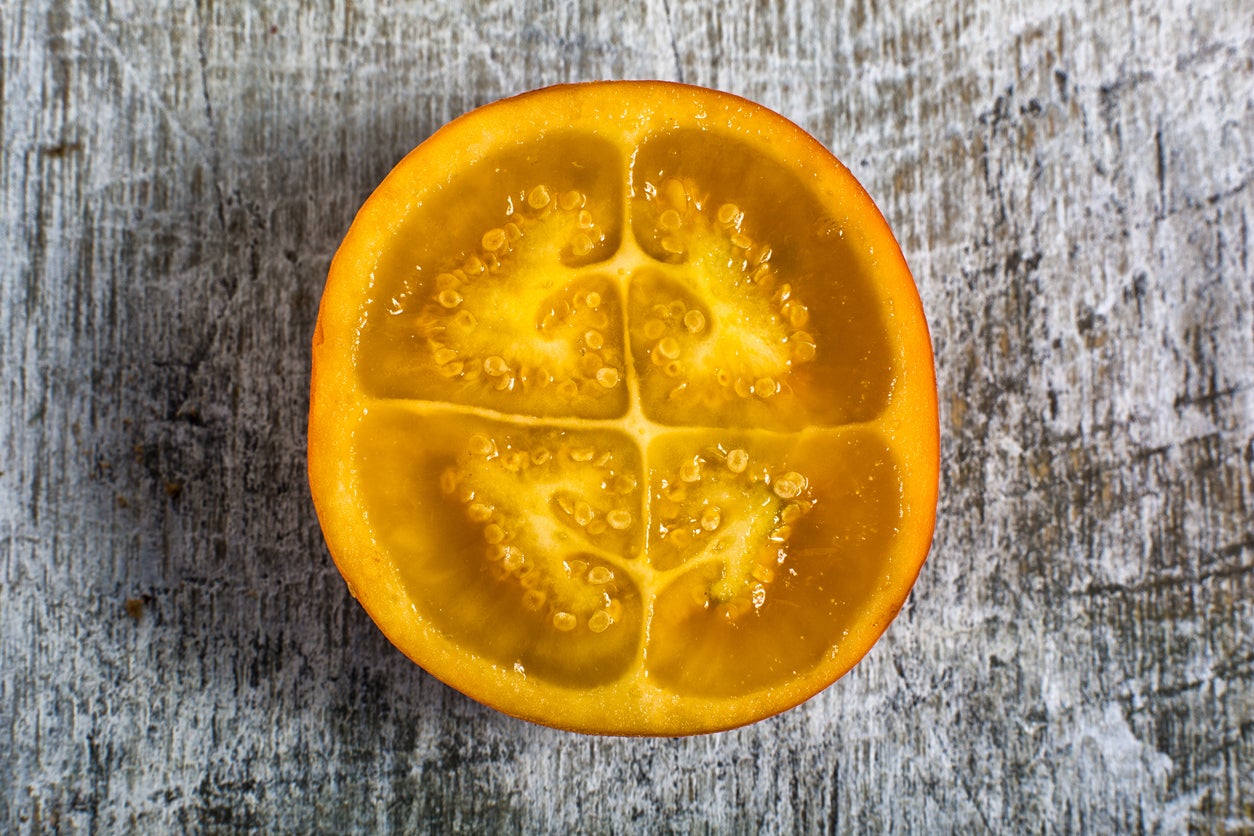 Naranjilla Seed Propagation – Learn How To Grow Naranjilla From Seed
Naranjilla Seed Propagation – Learn How To Grow Naranjilla From SeedIt’s a lot of fun to bring naranjilla into your garden, and inexpensive too, since you can easily grow naranjilla from seed. Click this article for information about naranjilla seed germination as well as tips for propagating naranjilla seeds.
By Teo Spengler
-
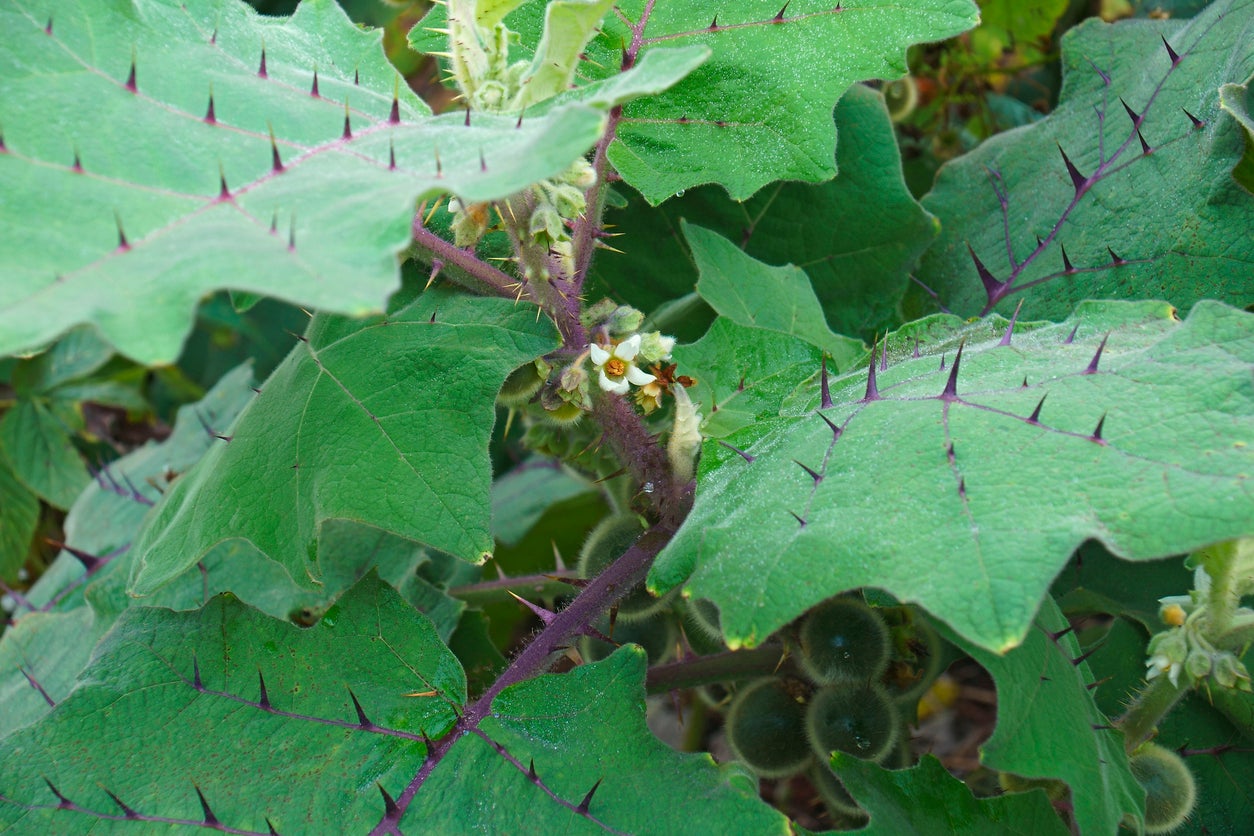 Naranjilla Layering Info: Learn How To Layer Naranjilla Trees
Naranjilla Layering Info: Learn How To Layer Naranjilla TreesInterested in learning how to layer naranjilla? Air layering, which involves rooting a naranjilla branch while it’s still attached to the parent plant, is surprisingly easy. Click on the following article to learn about naranjilla air layering propagation.
By Mary H. Dyer
-
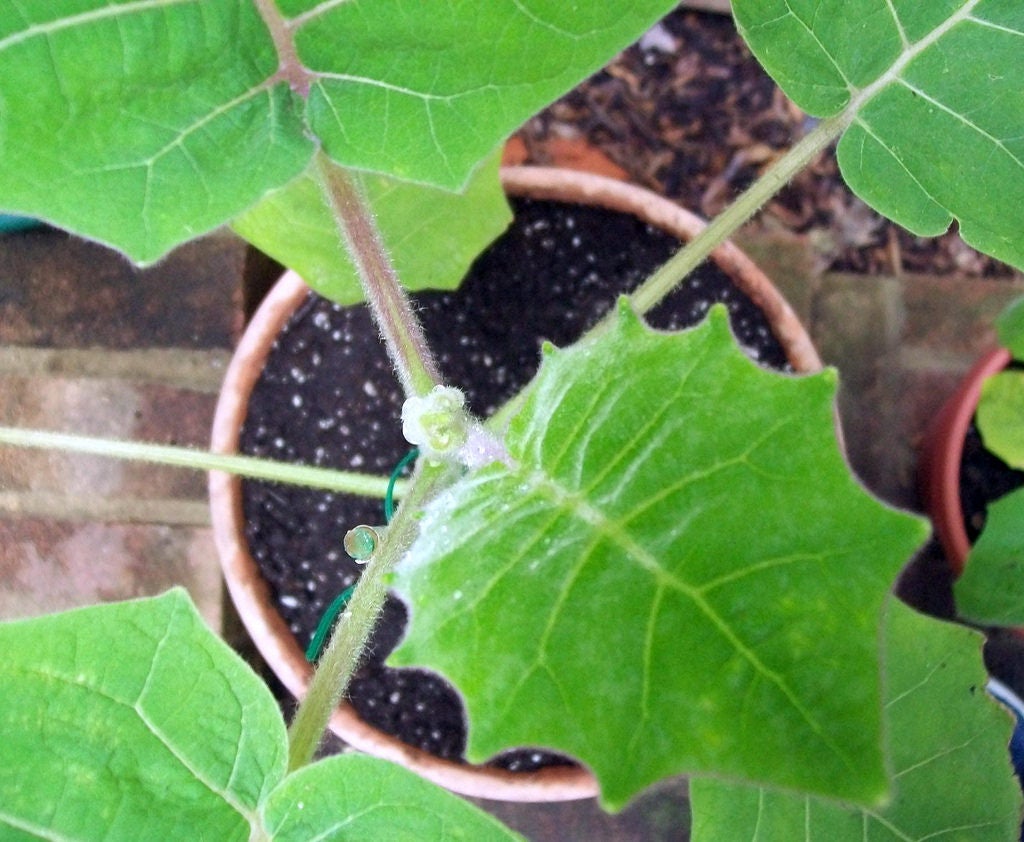 Growing Naranjilla From Cuttings – How To Root Naranjilla Cuttings
Growing Naranjilla From Cuttings – How To Root Naranjilla CuttingsCan you grow naranjilla from cuttings? Yes, you sure can, and it’s not all that difficult. Click on the following article to learn about naranjilla cutting propagation and growing naranjilla from cuttings.
By Mary H. Dyer
-
 Eating Naranjilla – Learn How To Use Naranjilla Fruit
Eating Naranjilla – Learn How To Use Naranjilla FruitNaranjilla is indigenous to Colombia, Ecuador, Peru and Venezuela. If visiting these countries, it is highly recommended that you try eating it. Each culture has a different way of using naranjilla fruit; all are delicious. How do the locals use naranjilla? Find out here.
By Amy Grant
-
 Kinds Of Naranjilla Fruit: Are There Different Varieties Of Naranjilla
Kinds Of Naranjilla Fruit: Are There Different Varieties Of NaranjillaThere are three naranjilla varieties: spineless types of naranjilla cultivated in Ecuador, spined varieties of naranjilla grown primarily in Colombia and another type called baquicha. The following article discusses the three different naranjilla varieties.
By Amy Grant